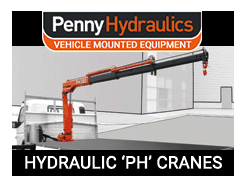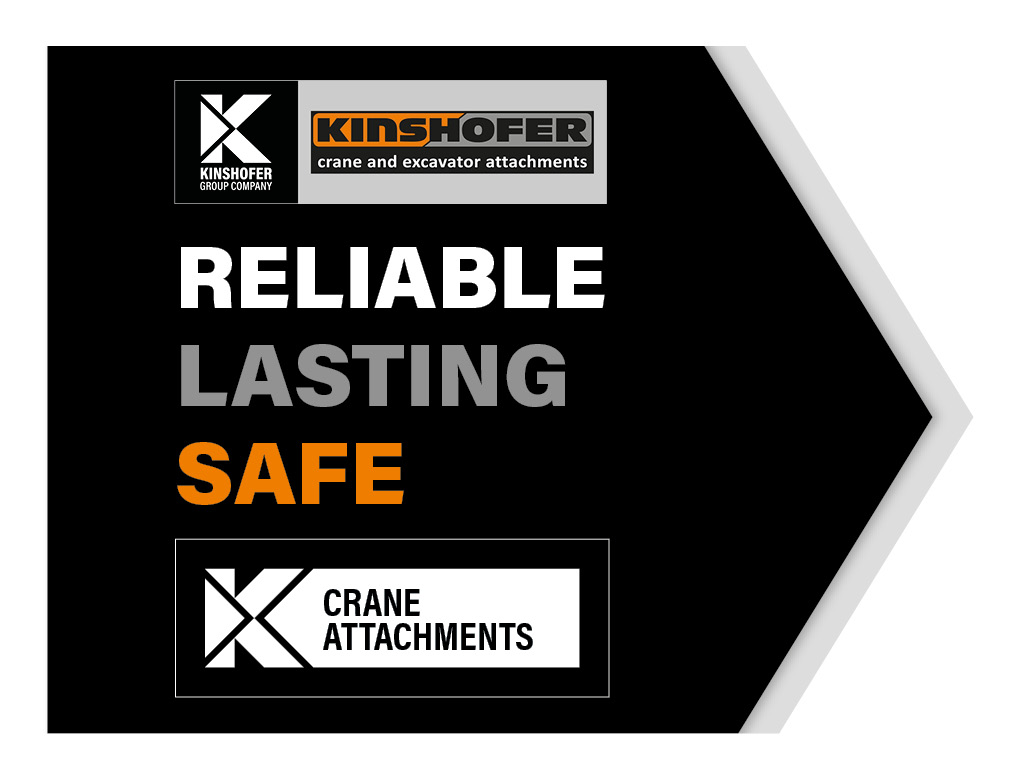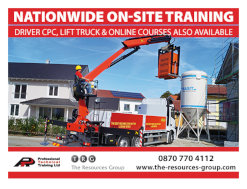Appointed Person Training
Course Modules
Module 1: Course Introduction
Introduction to ALLMI, its history and objectives. An overview of the course modules, aims and objectives, as well as the assessments to be undertaken.
Module 2: Legislation
Legislation affecting lorry loaders, with emphasis on the role of the Appointed Person. The Standards that provide guidance on how to comply with the law.
Module 3: Roles & Responsibilities
The different roles that make up the lifting team and the key responsibilities of each one. When it might be appropriate to combine more than one role in the same person.
Module 4: Introduction to the Loader Crane
Lorry loader components and the function of a basic hydraulic system. Different configurations of lorry loader and control stations.
Module 5: Rated Capacity
How the lorry loader’s rated capacity is calculated.
Module 6: Safety Systems
The functioning of the safety systems required to be fitted to lorry loaders.
Module 7: Pre-Operational Checks
The law surrounding pre-operational checks of lorry loaders and how such checks should be carried out and documented. Procedures for notifying faults, having repairs carried out and the importance of not using faulty machines.
Module 8: Maintenance & Testing
The legal requirement for ongoing maintenance of lorry loaders and lifting accessories, as well as the requirements for thorough examination and testing. What should be contained in a Report of Thorough Examination.
Module 9: Lift Categories
How the Appointed Person determines the complexity of the lifting operation, when a site survey might be required and how documentation for lifts of different complexities is typically prepared.
Module 10: Assessing Loads
Key points to consider when determining the complexity of the load being lifted.
Module 11: Siting the Lorry Loader
Typical hazards that might prevent loader operation. How stabiliser loadings and required mat sizes can be calculated. Sites of exceptional hazard, wind speed and sail effect of the load.
Module 12: Site Surveys
When a site survey is appropriate and how these can be carried out.
Module 13: Accessories & Attachments
Different types of lifting accessory and lorry loader attachment, and how they should be suitable for the load being lifted.
Module 14: Slinging / Signalling
Key principles of safe use of different types of lifting accessory and the different methods of signalling, including industry-standard hand signals.
Module 15: The Lifting Plan
Elements that comprise a typical Lift Plan and how the document may vary depending on the complexity of the lifting operation. The importance of carrying out and recording Lift Plan briefings.
Module 16: Theory Assessment
Revision to prepare candidates, followed by the assessment.
Module 17: Practical Assessment
Revision to prepare candidates, followed by the assessment.
Module 18: Final Administration
Preparing course paperwork for submission to ALLMI.
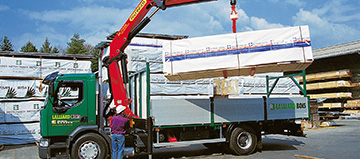 Manufacturers / Service Co.
Manufacturers / Service Co.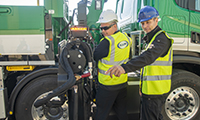 ALLMI Training
ALLMI Training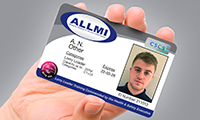 Verify a Card
Verify a Card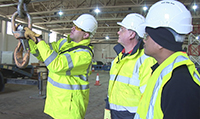 Find a Training Provider
Find a Training Provider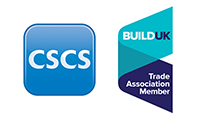 CSCS & Build UK
CSCS & Build UK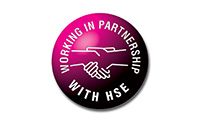 HSE Recognition
HSE Recognition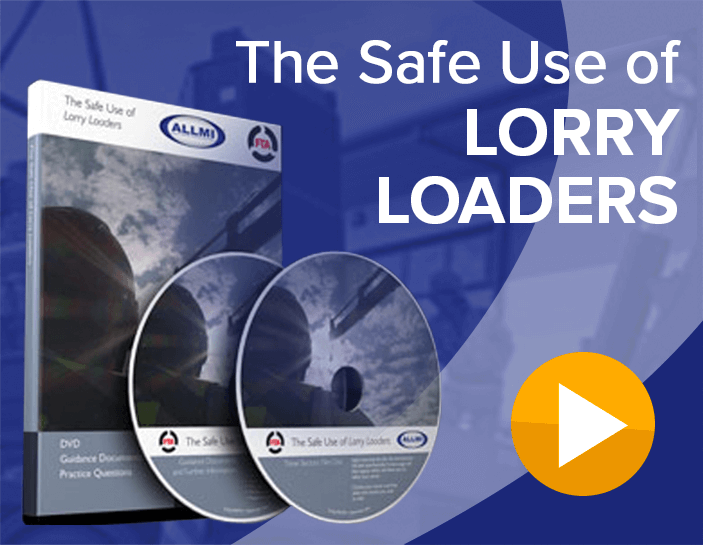 Safe Use of Lorry Loaders
Safe Use of Lorry Loaders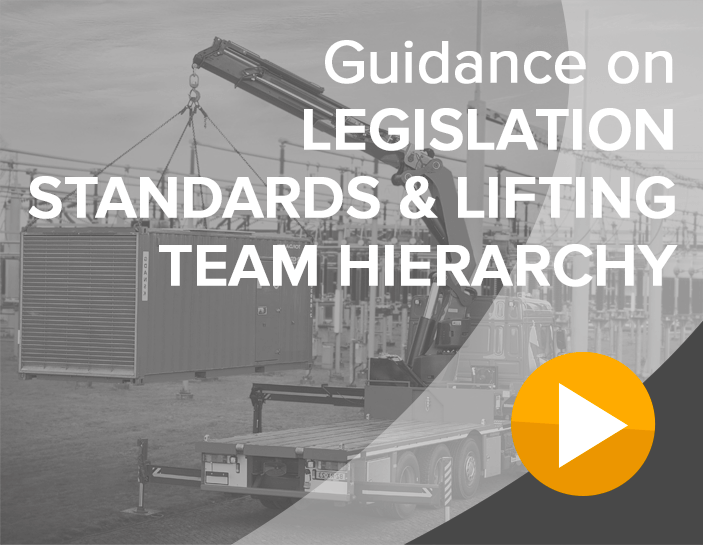 Legislation, Standards & Lifting Team Hierarchy
Legislation, Standards & Lifting Team Hierarchy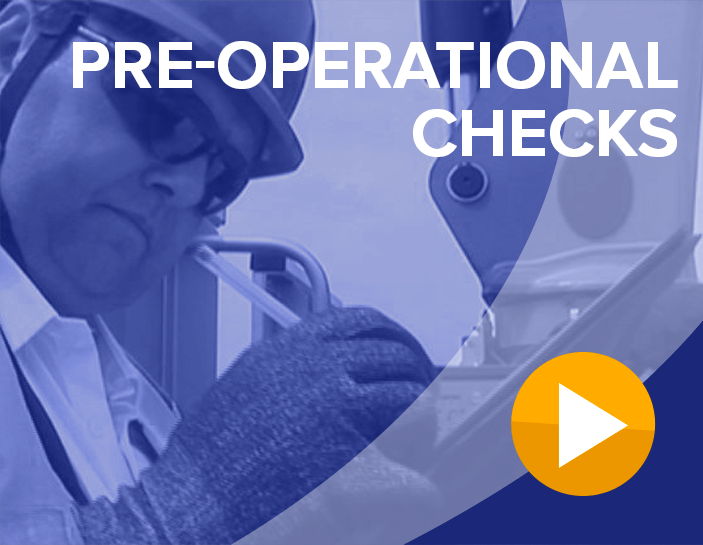 Pre-Operational Checks
Pre-Operational Checks 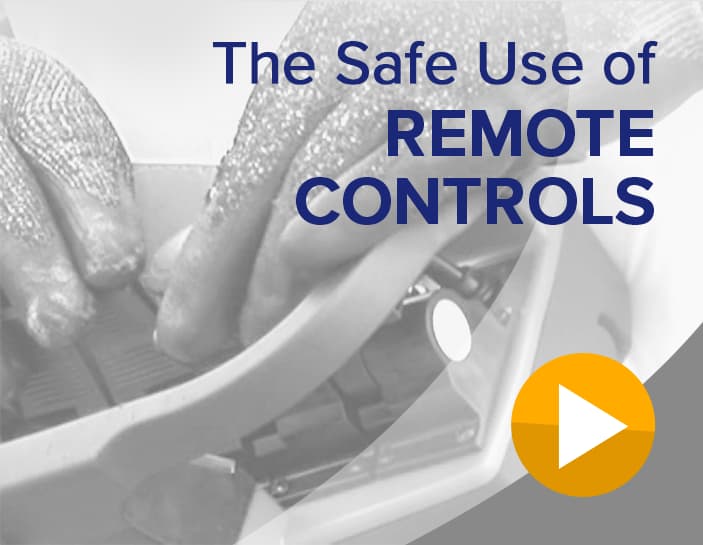 Safe Use of Remote Controls
Safe Use of Remote Controls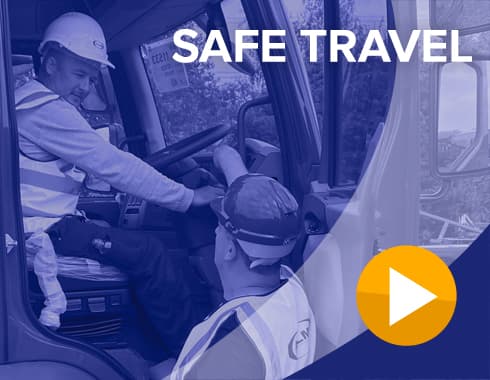 Safe Travel
Safe Travel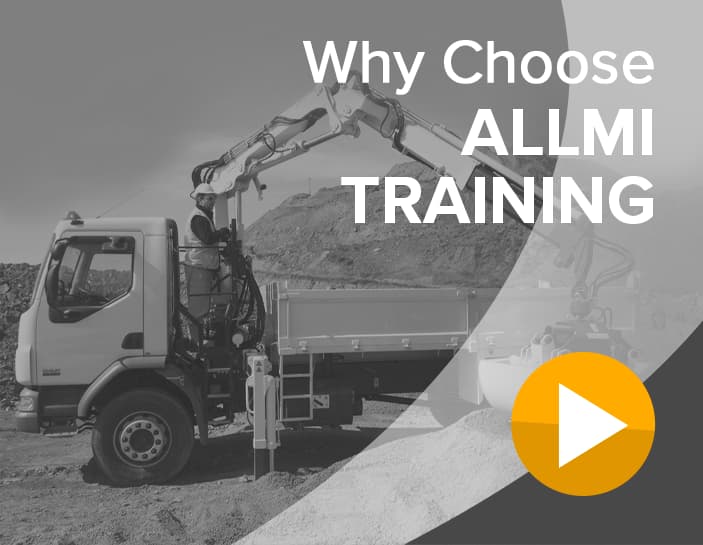 Why Choose ALLMI Training
Why Choose ALLMI Training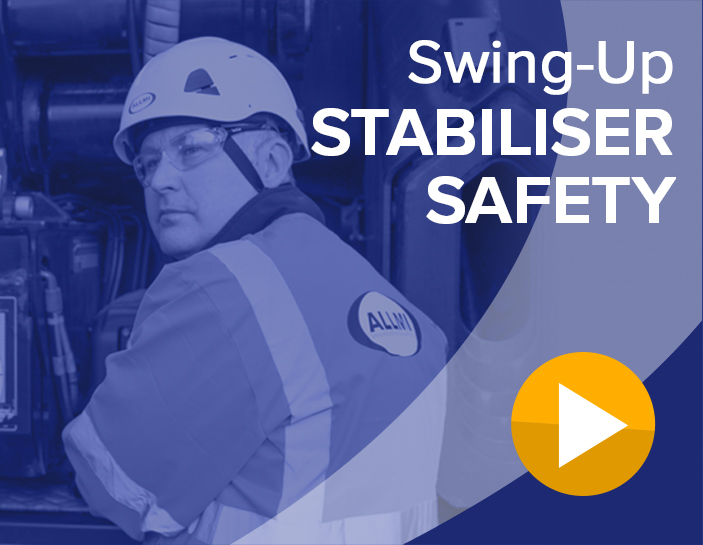 Swing-Up Stabiliser Safety
Swing-Up Stabiliser Safety
